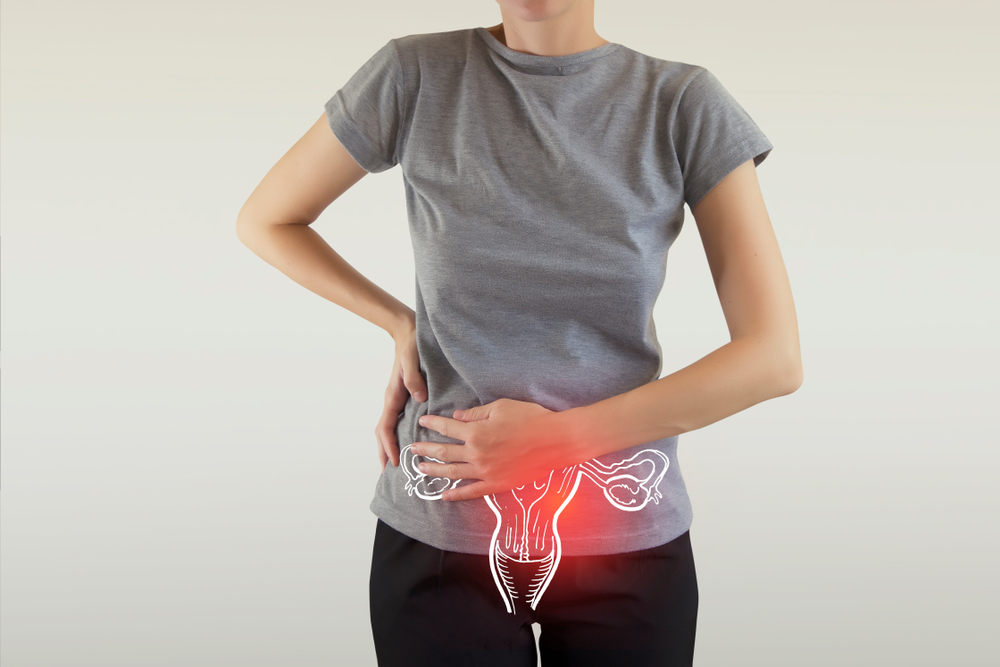Risk Factors for Bladder Cancer

Bladder cancer is one of the most common types of cancer, affecting thousands of individuals worldwide each year. This disease primarily begins in the cells lining the inside of the bladder and can spread to other parts of the body if left untreated. While the exact cause of bladder cancer remains unclear, numerous factors contribute to its development. Understanding the risk factors of bladder cancer can help individuals take preventive measures and seek early medical intervention if necessary.
Genetic and Hereditary Factors
One of the primary influences on bladder cancer risk is genetics. A family history of bladder cancer can significantly increase an individual’s likelihood of developing the disease. If a parent, sibling, or other close relative has been diagnosed with bladder cancer, there may be an inherited predisposition to the condition. Specific genetic mutations can make certain individuals more susceptible to abnormal cell growth in the bladder, leading to cancerous formations over time.
Moreover, hereditary conditions such as Lynch syndrome and mutations in genes responsible for cell repair and tumor suppression can contribute to the likelihood of developing bladder cancer. Individuals with a genetic predisposition should be especially vigilant about regular health check-ups and screenings to detect any early signs of the disease. While genetic factors alone do not determine whether someone will develop bladder cancer, they interact with environmental and lifestyle elements, increasing the overall risk.
Lifestyle and Environmental Influences
Lifestyle choices and environmental exposures play a crucial role in the development of bladder cancer. Among the most significant contributors is smoking. Tobacco smoke contains carcinogenic chemicals that enter the bloodstream and are later filtered by the kidneys into the bladder, where they can damage the bladder lining and lead to cancer. Studies indicate that smokers are at least three times more likely to develop bladder cancer than non-smokers.
Exposure to industrial chemicals also heightens the risk of bladder cancer. Individuals working in industries such as dye production, rubber manufacturing, textile processing, and printing may encounter hazardous chemicals like aromatic amines, which have been linked to bladder cancer. Prolonged contact with these chemicals, especially without proper protective measures, can significantly increase susceptibility to the disease.
Furthermore, chronic exposure to arsenic in drinking water is another environmental factor associated with bladder cancer. Certain regions around the world have high levels of naturally occurring arsenic in their water supply, which can contribute to an increased cancer risk. Ensuring access to clean and safe drinking water can help mitigate this concern.
Medical Conditions and Treatments
Several pre-existing medical conditions and treatments can influence an individual’s likelihood of developing bladder cancer. Chronic bladder infections and irritations, including those caused by recurrent urinary tract infections (UTIs) or bladder stones, may lead to long-term inflammation, which can trigger abnormal cell growth. In some cases, long-term catheter use can also contribute to chronic irritation, increasing the risk of cancerous changes in the bladder lining.
Individuals undergoing radiation therapy in the pelvic region for conditions such as cervical or prostate cancer may face an elevated risk of developing bladder cancer. Radiation exposure can cause damage to the bladder’s cellular structure, leading to mutations that contribute to cancer formation. Additionally, certain chemotherapy drugs, particularly cyclophosphamide, have been linked to an increased risk of bladder cancer due to their impact on bladder tissue.
Age, Gender, and Ethnicity
Age is a significant risk factor for bladder cancer, with the majority of cases occurring in individuals over the age of 55. As the body ages, it becomes more susceptible to cellular mutations and damage, which can contribute to the development of cancer. While bladder cancer can affect individuals of any age, it is predominantly diagnosed in older adults, making regular medical check-ups essential for early detection.
Gender also plays a role in bladder cancer risk. Statistically, men are more likely to develop bladder cancer than women. The reasons behind this disparity are not entirely understood, but they may be related to differences in occupational exposures, smoking rates, and hormonal influences. However, it is important to note that women diagnosed with bladder cancer often experience a delayed diagnosis due to the similarity of symptoms with other urinary tract conditions, leading to more advanced-stage cancer at the time of detection.
Ethnicity can also impact bladder cancer risk. Studies suggest that Caucasians are at a higher risk of developing bladder cancer compared to African Americans, Asians, and Hispanics. However, when diagnosed, African American individuals tend to present with more aggressive forms of the disease. This disparity may be attributed to genetic differences, healthcare access, and environmental exposures that vary across racial and ethnic groups.
Dietary and Hydration Habits
Diet and hydration play an essential role in bladder health and cancer risk. Certain dietary choices can either contribute to or help prevent the development of bladder cancer. A diet rich in processed meats, fried foods, and excessive consumption of artificial sweeteners has been linked to an increased risk of bladder cancer. These foods often contain carcinogens that, when metabolized by the body, can accumulate in the bladder and damage its lining.
Conversely, consuming a diet rich in fruits, vegetables, and antioxidants can help lower the risk of bladder cancer. Foods high in vitamins A, C, and E, as well as leafy greens and cruciferous vegetables, have been shown to support overall bladder health and reduce oxidative stress that can lead to cancerous cell mutations.
Hydration also plays a critical role in reducing the risk of bladder cancer. Drinking ample amounts of water throughout the day helps flush toxins and potentially harmful substances from the bladder, reducing their contact time with the bladder lining. Studies suggest that individuals who maintain high water intake have a lower incidence of bladder cancer compared to those who consume minimal fluids.
Conclusion
Understanding the various risk factors of bladder cancer allows individuals to make informed decisions about their lifestyle, health monitoring, and preventive measures. While some risk factors, such as age and genetics, cannot be controlled, adopting healthier habits such as quitting smoking, avoiding harmful chemical exposures, staying hydrated, and maintaining a balanced diet can significantly lower the likelihood of developing bladder cancer. Regular medical screenings and awareness of symptoms are crucial for early detection, improving the chances of successful treatment and long-term health outcomes.
 Rohit Kapoor, MD
Rohit Kapoor, MD